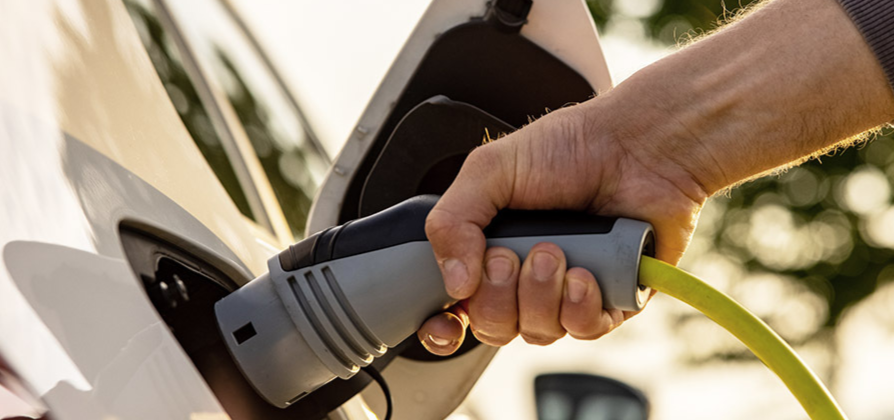
Vehicle loan amounts and average monthly payments are going up. That’s a fact.
The challenge for consumers? How to find ways to keep their cars and trucks affordable.
As average auto loan amounts increased in Q2 2019, consumers looked for ways to find more manageable payments. Longer loan terms became more popular, as both used vehicle and new vehicle loans saw an increase in 72-month terms, the most common term length across all loan types. Additionally, the percentage of loan terms over 85 months increased for new loans.
Given the data, it’s not surprising that consumers are altering their habits. The average new vehicle loan hit $32,119 (up $1,161 YOY) in Q2 2019. Average used vehicle loan amounts reached $20,156 in Q2 2019, up $448 YOY. With a nearly $12,000 difference in loan amounts between new and used vehicles, consumers turned more frequently to used vehicles than in past years.
Compared to last year, Q2 saw increases in both the percentage of used vehicles with financing (up 1.2 percentage points), and the percentage of used vehicles in the lease market (up 0.69 percentage points). Origination rates also started to shift further in favor of used cars, growing from 55.16% of the total vehicle financing market in 2018 to 57.29% in 2019.
Another popular option among consumers to help drive monthly payments down were leases, which comprise 30% of the auto finance market. Compared to auto loans, monthly lease payments are significantly lower on many popular car models, such as the Honda Civic ($425 vs $304) or Ford F150 ($667 vs $478). While leases are most popular among prime and superprime consumers compared to other risk tiers, the overall number of consumers choosing to lease vehicles did decrease YOY by 0.62%.
Another option available to consumers looking for affordable car payment options is Experian Boost. Prospective car buyers can instantly supplement their credit scores by adding already-existing utility and telecommunications payments to their credit files. Their improved credit scores often can decrease their loan rates and help keep monthly payments in check.
The overall automotive loan market is remaining incredibly stable. Average loan balances keep growing and delinquency rates are flat year-over-year. But, if vehicle prices continue to rise, consumers will keep looking for solutions to their affordability challenges. The big question? How much more can consumers withstand when it comes to affordability?
To learn more about the State of the Automotive Finance market report, or to watch the webinar, click here.


